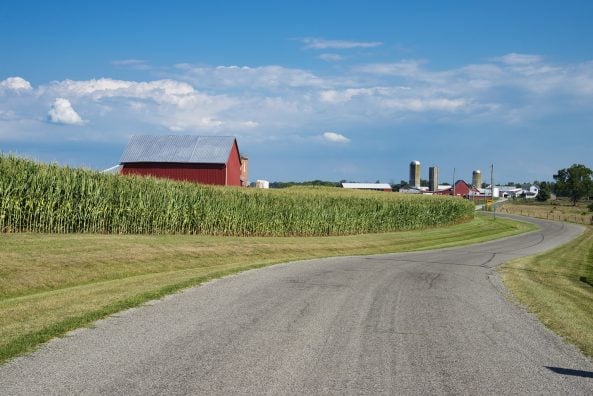Applications for Ohio Farm Bureau Health Plans now available
Members have three ways to apply: contacting a certified agent, calling 833-468-4280 or visiting ohiofarmbureauhealthplans.org.
Read MoreIt is hard to believe that we are over half-way through April. The roller coaster weather ride continues and the prediction of a delayed planting season might come to fruition. However, I am still hopeful that our weather mellows once we hit May so our farmers can get their crops planted in a timely manner.
This is the time of year when my phone rings and rings with the following question: “What is a fair price to rent farm ground?” In fact, I would say that this is the No. 1 question that I receive year in and year out. Of course, this should not be a surprise as the last Census of Agriculture reported that 45.8 percent or almost 50,000 acres of the 109,000 acres of crops grown each year in Ashtabula County are grown on ground which is rented.
So, what is a fair price to rent farm ground? This question does not have an easy answer, as a number of factors have an impact on rental prices. These factors include land productivity, location, site characteristics, previous cropping history, landlord and tenant relationship, and supply and demand.
I think the major factor is the overall productivity of the ground. The productivity is impacted by soil type, soil drainage, topography, soil pH and nutrient load. Land rents are usually lower for those situations in which the tenant farmer will need to add significant lime and fertilizer to the soil to make it productive. The wetter the field, the lower the rent. Any field that is systematically tiled for water removal will be more attractive for rental.
Ultimately, the land rental price will be determined by the number of farmers who are willing to rent the land. The more farmers interested in the land for agricultural use, the higher the land rent. In some situations, it will be difficult for a landowner to find a tenant to farm the ground.
My first suggestion to any landowner who calls is to determine what the annual land ownership costs are for the acreage they wish to rent. This annual ownership cost will most likely include the amount paid for property taxes, insurance, mortgage interest expense, and the expected rate of return on their investment.
For instance, using the annual tax statement for the Auditor’s office, a landowner can determine the amount of rent which is needed just to cover the property tax. As an example, the property tax for one of my 12-acre hay fields in New Lyme Township was $153 for the past year. This means I would need $12.75 per acre just to cover the tax. I would then need to calculate all my other costs of ownership and add it to the property tax figure. By doing this, I will know the minimum land rental which is needed. It is important to push a pencil to the numbers as in the previous year, the property tax for this hay field was $24.18 per acre.
The landowner should also consider the extra things a tenant might do such as weed control on non-tillable acres, fence repair, brush hogging, cutting firewood, snow removal and other tasks that have value to the landlord. Services like these may allow a tenant to pay a discounted rental rate.
So, what is land currently renting for in Ashtabula County? The National Agricultural Statistics Service (NASS) conducts a formal survey each year, and the average annual rental rate reported for 2017 was $70.50 per acre. Remember this is just an average and it fluctuates each year. In fact, just five years ago, the average reported by NASS was $41 per acre.
In addition to the formal survey, we informally survey land owners and farmers each year. Our data points to a range of land rent from $0 per acre to over $125 per acre per year. That folks is a huge range and the rent received depends greatly on the characteristics mentioned previously. It should be remembered that this is only a range and each landowner should negotiate on a field by field basis.
To help farmers and landowners with their land rental discussions, I have authored a factsheet. This website also included web links and information about land rental and sample lease agreements. This information can also be obtained by calling the Ashtabula County OSU Extension office at 440.576.9008.
To close, I would like to share a quote from James H. Douglas, Jr., who stated, “Our deep respect for the land and its harvest is the legacy of generations of farmers who put food on our tables, preserved our landscape, and inspired us with a powerful work ethic.”
Submitted by David Marrison, associate professor and Extension educator, Agriculture & Natural Resources, Ohio State University Extension. Marrison can be reached at 440.576.9008 or email.
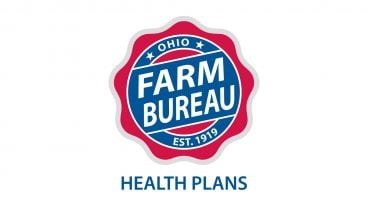
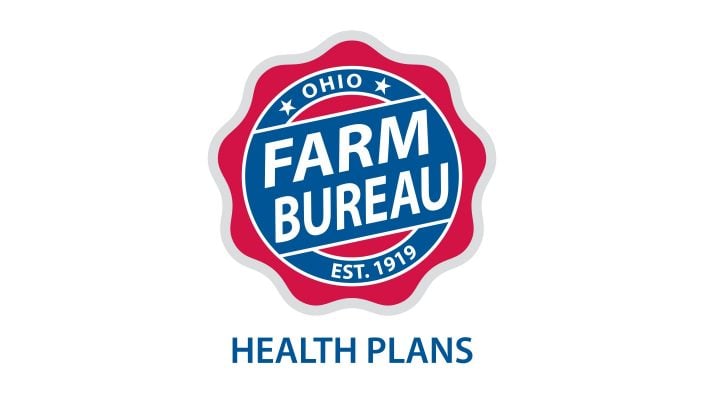
Members have three ways to apply: contacting a certified agent, calling 833-468-4280 or visiting ohiofarmbureauhealthplans.org.
Read More

One of the best decisions Shannon and Heather Utter made a few years ago was looking into a Farm Bureau member benefit that has ended up saving them thousands of dollars on their energy bills.
Read More

Ryan Hiser has experienced first-hand the importance of having the opportunity to vote on issues that will affect his family operation and other farmers.
Read More

Bill Patterson, Cy Prettyman and Adele Flynn will continue to serve as officers for Ohio Farm Bureau Federation.
Read More

Delegates discussed many topics impacting agriculture including farmland preservation, local foods, and succession planning.
Read More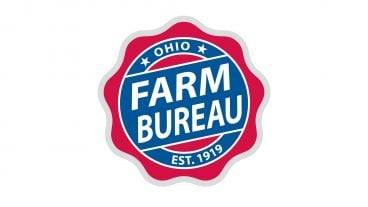
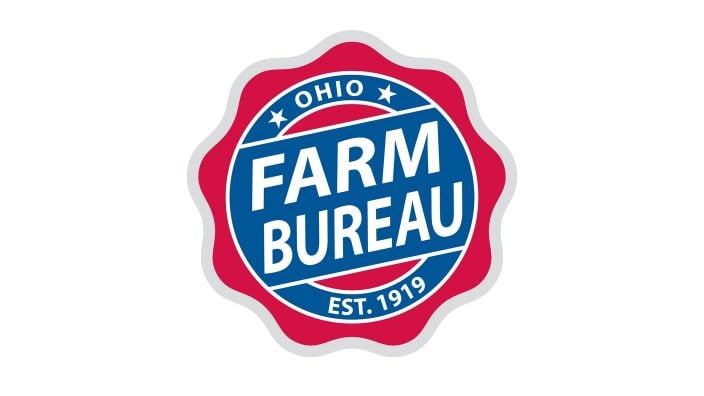
Twenty-six farmers govern the state’s largest farm and food organization.
Read More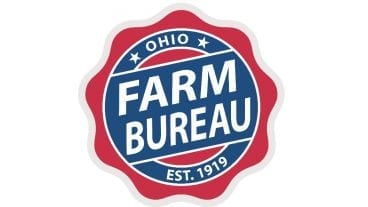
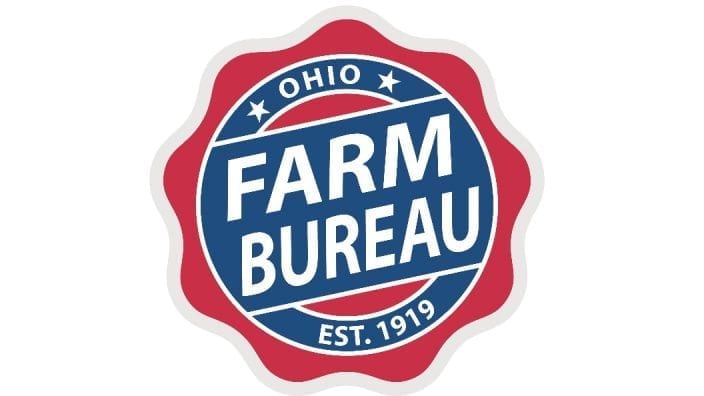
The 2025 recipients are Fred Cooke (posthumous) of Richland County, Marvin Dietsch of Williams County, Steven Knollman of Hamilton County and Michele Miller (posthumous) of Ottawa County.
Read More

Nathan and Jill Parriman grow seasonal crops, including Christmas trees, pumpkins and cut flowers, providing U-cut experiences that invite customers to engage directly with agriculture.
Read More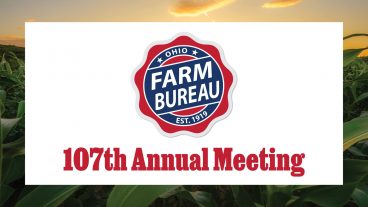
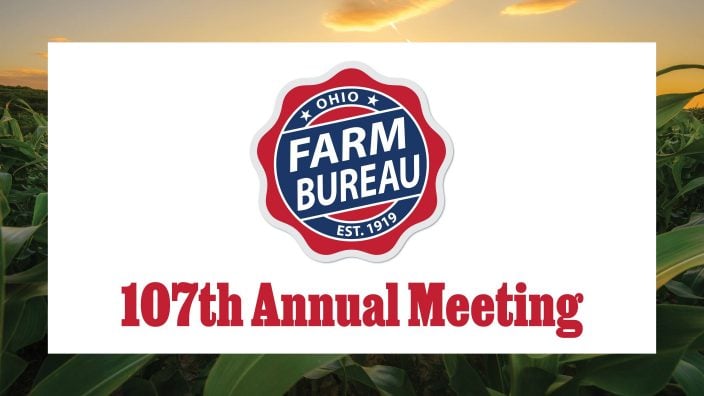
The 2025 Distinguished Service Award recipients are Craig Adams, Mike Townsley, and Kellogg Farms, Kurt Farms and Stateler Family Farms.
Read More

Ohio Farm Bureau Treasurer Adele Flynn participated in the meeting, representing Ohio farmers.
Read More